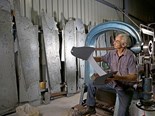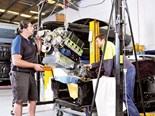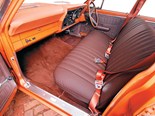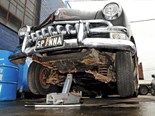Workshop Profile: Historic & Vintage Restorations
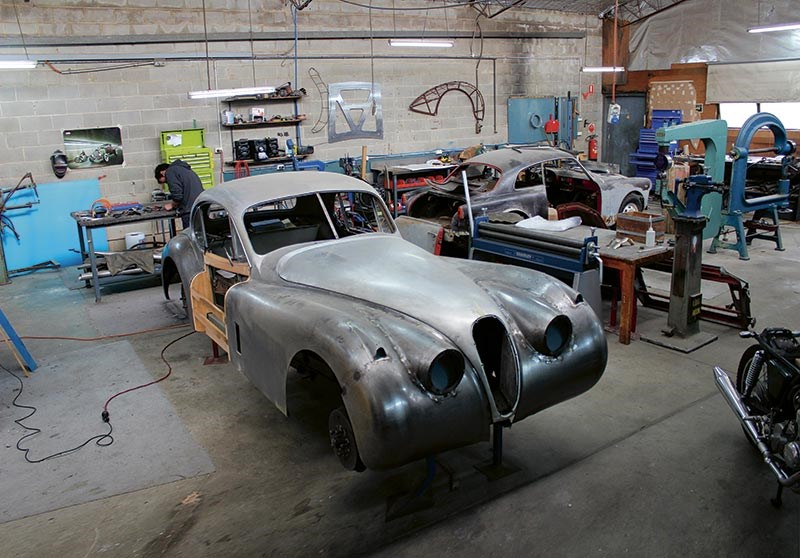 Panel Beating at Historic & Vintage Restorations
Panel Beating at Historic & Vintage Restorations

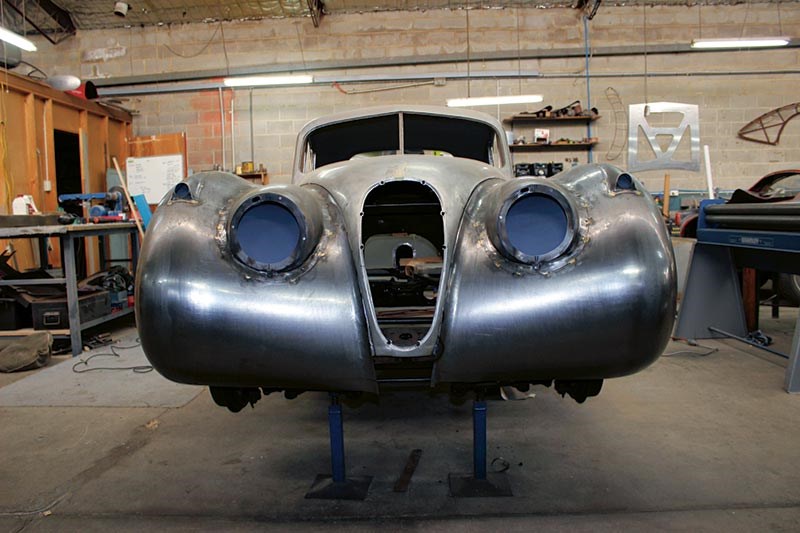 Panel Beating at Historic & Vintage Restorations
Panel Beating at Historic & Vintage Restorations

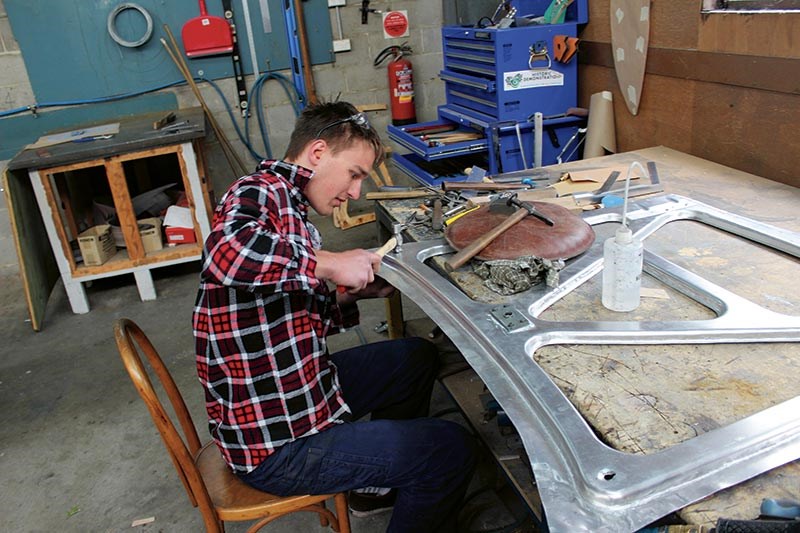 Panel Beating at Historic & Vintage Restorations
Panel Beating at Historic & Vintage Restorations

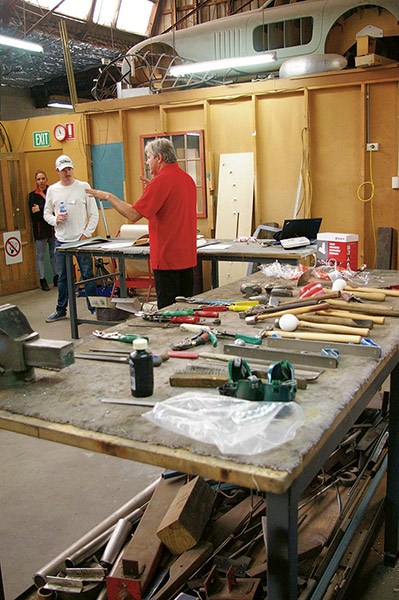 Panel Beating at Historic & Vintage Restorations
Panel Beating at Historic & Vintage Restorations

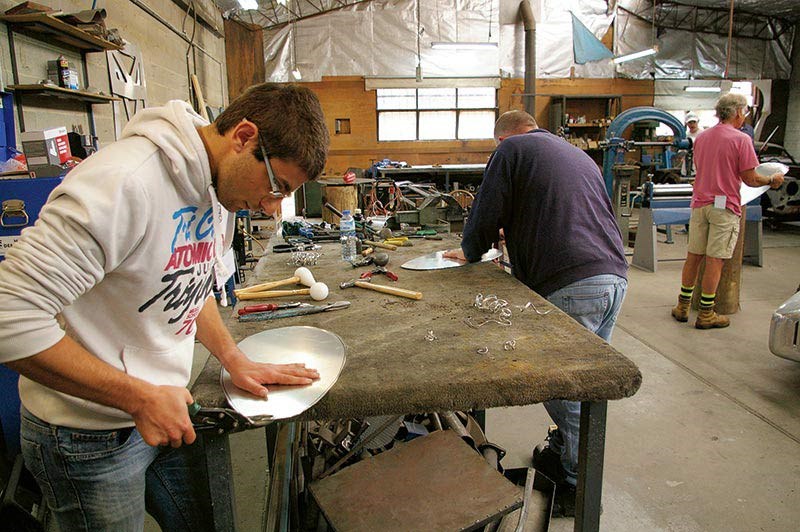 Panel Beating at Historic & Vintage Restorations
Panel Beating at Historic & Vintage Restorations

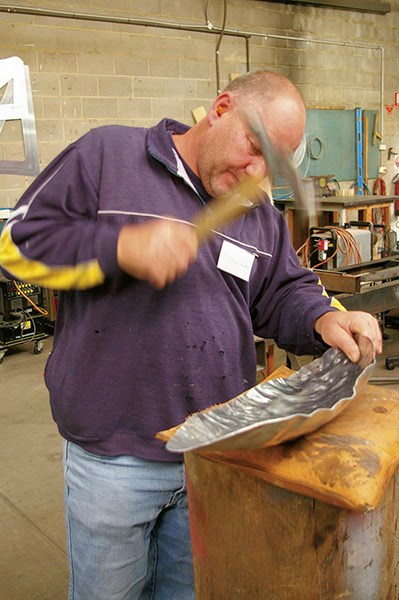 Panel Beating at Historic & Vintage Restorations
Panel Beating at Historic & Vintage Restorations

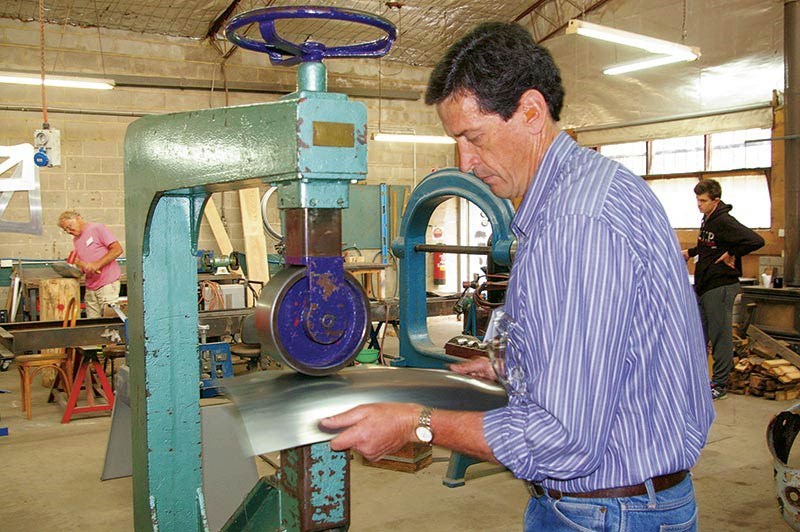 Panel Beating at Historic & Vintage Restorations
Panel Beating at Historic & Vintage Restorations

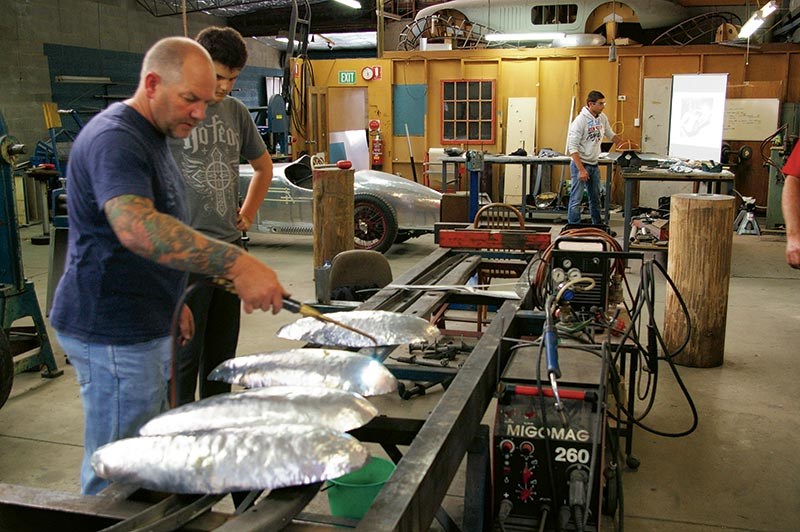 Panel Beating at Historic & Vintage Restorations
Panel Beating at Historic & Vintage Restorations

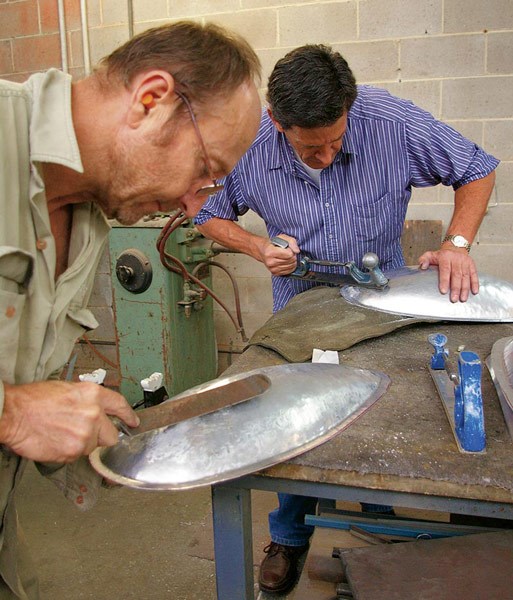 Panel Beating at Historic & Vintage Restorations
Panel Beating at Historic & Vintage Restorations

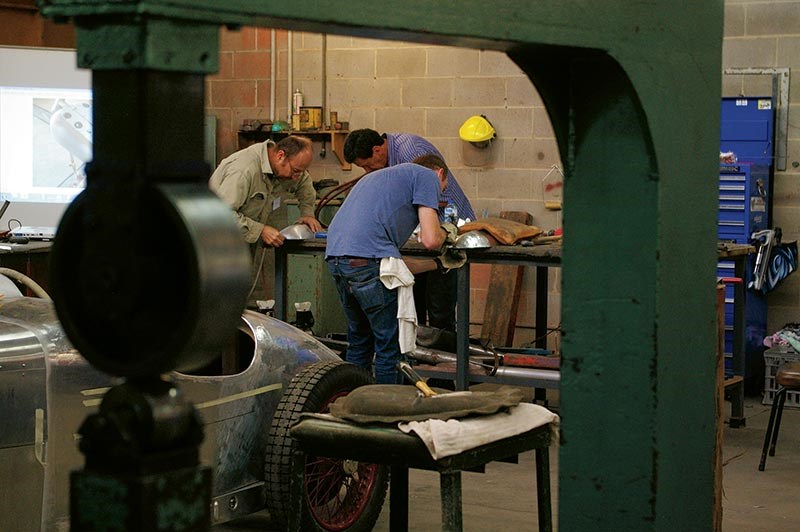 Panel Beating at Historic & Vintage Restorations
Panel Beating at Historic & Vintage Restorations

 Panel Beating at Historic & Vintage Restorations
Panel Beating at Historic & Vintage Restorations
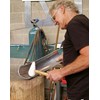
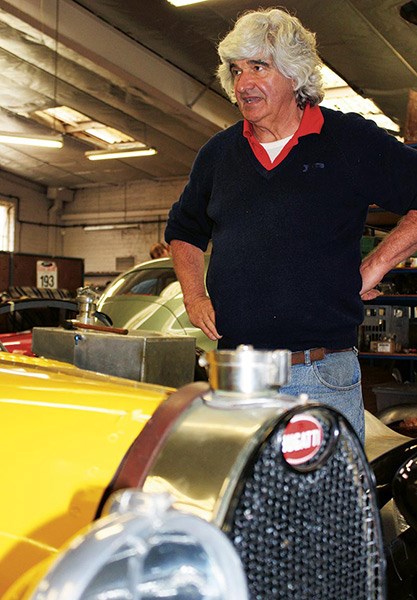 Panel Beating at Historic & Vintage Restorations
Panel Beating at Historic & Vintage Restorations


|
|
Panel Beating at Historic & Vintage Restorations
|

|
|
Panel Beating at Historic & Vintage Restorations
|

|
|
Panel Beating at Historic & Vintage Restorations
|

|
|
Panel Beating at Historic & Vintage Restorations
|

|
|
Panel Beating at Historic & Vintage Restorations
|

|
|
Panel Beating at Historic & Vintage Restorations
|

|
|
Panel Beating at Historic & Vintage Restorations
|

|
|
Panel Beating at Historic & Vintage Restorations
|

|
|
Panel Beating at Historic & Vintage Restorations
|

|
|
Panel Beating at Historic & Vintage Restorations
|

|
|
Panel Beating at Historic & Vintage Restorations
|

|
|
Panel Beating at Historic & Vintage Restorations
|
Our man Jon takes a beginners panel beating course at Historic & Vintage Restorations in Melbourne and discovers you really can teach an old dog new tricks...
Panel beating
Can a complete novice become a skilled artisan in a weekend? Can you sack your coachbuilder, turn your back on hundreds of years of specialisation and take on the rebuild of your T Model all by yourself? What about a Hispano Suiza?
All very valid questions, but ones which I suspect you know the answers to without the intervention of this ham-fisted student. Scaglietti I am not, but a weekend’s panel beating workshop might unearth some latent talent. With a small group, an expert teacher and a tall-stack of good intentions, who knows?
Most of us are enthusiastic but somewhat incompetent fettlers of our machines. I know exactly when to stop – usually just after I have over-tightened a bolt and snapped off the head. The mark of a successful Sunday morning under the bonnet is not bleeding profusely into lunch.
It’s been a while since I did a basic course in fitting and turning at TAFE, and while mucking around in my shed is plain and simple therapy, could I get to another level, able to learn the skills needed to handle my next resto? Motivation comes at several levels. First and clearly foremost – it ought to be fun. Plus I gain a singular satisfaction from learning new skills. Saving a bucket of money along the way is a not entirely irrelevant consideration.
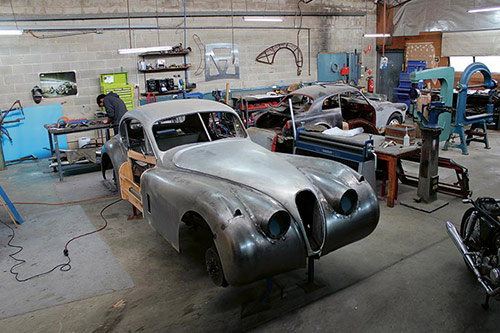
So along with a cluster of other wannabes, I arrive at the outer Melbourne suburban workshop of HVR Australia for one of their regular panel beating workshops. I’m just in time for the safety drill and compulsory Styrofoam cup of tea before teacher Vince Panozzo pitches us straight into it. By the time the weekend is over, he calmly predicts, we will be turning out works of art that Pininfarina would be proud of. I don’t believe him.
Ours is a group with diverse experience. Some have panel beaten before, some not. But we all share the passion that drives our hobby, as well as an attitude that would confound the sceptics. Having a go is the mantra.
Vince assures us that by Sunday afternoon we will have created a cycle guard from a piece of flat steel. Then it’s on to the bonnet air intake and finally a speed bulge hammered from aluminium to match the established profile and taper of a wooden buck.
We start with familiarisation with the assembled hand tools and the huge folding machine. The English Wheel becomes my friend. I have watched miracles being created on the wheel at car shows but, like all sporting champions, the experts make it look easy. And guess what? It is!
Actually it’s not. Imagine a massive horseshoe, but on its side. A pincer is formed between which a metal sheet is squeezed until controlled distortion creates curves and arcs that somehow ought to resemble the shape you want. It requires being able to visualize what you want the metal to do and then translate that into smooth, confident motions.
My first attempt is a staccato hack, the wheel looking more likely to flatten my fingers than turn the sheet metal into something resembling a sleek body panel. While waiting our turns on either of the wheels, attention is turned to the air intake, first transferring a pattern accurately to metal and then starting to bend and shape the scoop. Different hammers and sand bags are tried and soon my leprous, banana-shaped offering is the laughing stock of the group.

Vince is endlessly patient. If he feels one of us has gone off the rails he will gently nudge our work back and rescue us from a dark hole. Teaching without taking over, he shows a commendable capacity to adapt to different students. By morning tea my arms are aching. We are joined by Paul Chaleyer from HVR, our host. His daughter Dominique organises the course which they offer as an adjunct to their remarkable business performing miracles on sometimes priceless machines.
A tour of their extraordinary workshop is a bonus, offering a glimpse into the exotic world of coach building, machining and race preparation. The garage is littered with astonishing classics – Lancia, Alfa, MG, Delage, and Alvis. I start to marvel at how those voluptuous curves were formed and worked.
Second session and our progress becomes clearer. I discover the nylon conical hammer is much easier to use than the steel panel beating mallets. It is much lighter for a start, which means I am more accurate with my blows. The sharp end makes a hollow and then the rounded end smoothes it to shape.
My lumpen bonnet air scoop is too long, and then after some severe walloping it is too short, but deeper. I have to learn to move some of the depth back to the sides in order to knock it – literally – into shape. I start to get the merest inkling of how to move the metal around.
Small experiments demonstrate remarkable results. The lowest of the available tree stump work benches is equipped with a panel beating sand bag but it’s bad for my back – the higher one fatigues my shoulders. I make a mental note to renew my gym membership.
Lunch is a sausage sizzle and gives us a breather and a chance to talk to each other about our various projects. My fellow wannabes are working on everything from hot rods to bicycles. I attempt to convince them I’m satisfying a latent demand for artisan-distressed air intakes.

As the day progresses, our skills improve. I am astonished at how I have gone from never having touched an English Wheel to appreciating the rocking motion and the rhythm required to slowly stretch and curve a flat sheet into a cycle guard. The inert metal starts to communicate, responding not to my curses but my exertion.
Day two and we start to play with hammer and dolly, file finishing, lead wiping and making a wired edge. We are introduced to the stretching and shrinking machine and using oxy acetylene to anneal and also weld steel and aluminium. I stop feeling incompetent and can contemplate practicing these tricks for long enough to actually use them productively.
I also rapidly develop a new respect for the incredibly clever people who can visualise a form, fabricate from scratch and maintain the almost lost arts of coach building and panel making. This is a zillion miles away from your local panel beater surviving off insurance jobs, swapping plastic bumper bars and plastering bog on a dented door from a supermarket bingle.
So how far could a novice go? A weekend with Vince, despite his dedication, is no substitute for years of learning and perfecting a trade. I am still keen to have a crack but I also appreciate what a bargain you get when you pay a specialist to do something that not many these days can be bothered with.
If you have a good technician, nurture that relationship and treasure it. There are so few going into the trade now, there may come a time – and soon – when you will struggle to find someone to make good some damage to a classic car, cut out the rust from the sills or to fabricate a part for a vintage machine.
Meanwhile, I’ve come to accept my limitations. I know I could get to a workable standard if I put in the hours. But I also know I will not live long enough to become really good at a vanishing art. I’ve just had a taster but you know what? A little knowledge isn’t always a dangerous thing.
Historic & Vintage Restorations advertises its panel beating courses at: historicvintagerestorations.com
Unique Cars magazine Value Guides
Sell your car for free right here
Get your monthly fix of news, reviews and stories on the greatest cars and minds in the automotive world.
Subscribe

.jpg)








